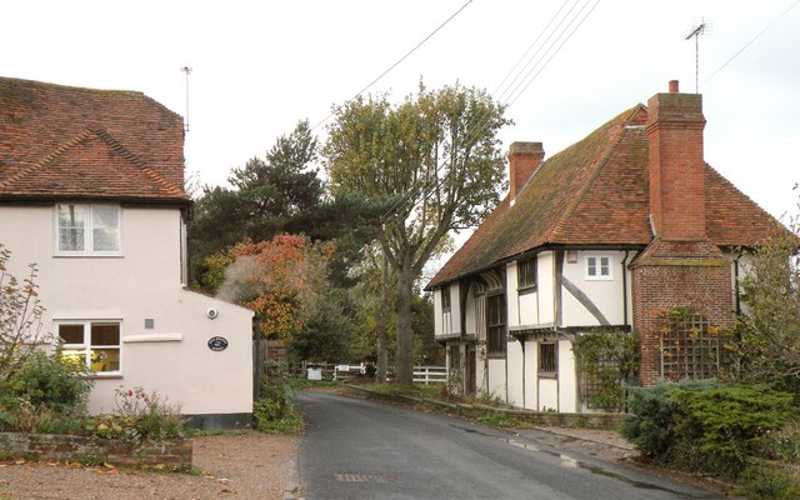I always like to buy standard two or three bedroomed Victorian houses in Liverpool as they make excellent investments. However, one of the issues with many of these properties is damp. It particularly affects bay windowed terraced houses. But how should you go about damp proofing old houses?
Ways to resolve damp
Pipes should be inspected, sealed, and leaks should be repaired
Pipes that are leaking should be repaired as soon as possible and monitored on a regular basis. Check the sealant around your sinks, bathtub, and shower to make sure no water is leaking in.
Solve Condensation Issues
Improve ventilation and reduce water vapour emissions, for example, by minimising the amount of time spent boiling meals. Extractor fans should be installed in kitchens and bathrooms to remove humid air. It’s also beneficial if the walls are well insulated. Dehumidifiers can help in the short term.
Check ground levels
To limit the possibility of rain splashing and soaking the wall, external ground levels should be at least 20cm below floor level, ideally with a shallow gravel-filled trench at the base.
Gutters should be inspected for:
- Gutter or downpipe cracks
- Gutters clogged
- Seals that are missing or worn out
- Gutters that are drooping
- The weather and changes in the structure of your roof might affect gutters installed at the time of construction. They could become to small to protect your property.
- Downpipes that stop halfway down a wall (broken)
Check roof/pointing
The risk with pointing problems is that they allow moisture to infiltrate areas that shouldn’t be wet. Your roof’s and masonry work’s entire structure are based on this. Moisture trapped here takes a long time to dry out. This can result in damp and costly structural problems.
Fixing pointing difficulties as soon as possible is essential, preferably during a period of warm and dry weather. The pointing should be taken out, the area beneath it treated, and the new mortar should be applied. This will assure a good surface and, hopefully, solve your pointing problems for the foreseeable future.
Types of different damp
The three most frequent types of damp in houses are rising damp, penetrating damp, and condensation. Each requires a different approach, and damp repair costs can vary greatly, so it’s crucial to identify the type of damp in your property before attempting to cure it.
Condensation
This damp affects regions of the room where there isn’t a lot of air movement. This could be in a room’s corner, close to windows, behind wardrobes, or even on the ceiling. Condensation is a common cause of black mould growth. Because of the drastic fluctuations in humidity and airflow throughout the house, condensation is common in older homes.
Rising Damp
Only the lowest floors of a house are affected by rising dampness. When water is sucked up by the brickwork, this happens. At the point where the ground water has reached, a visible stain emerges on the wall in the form of a tide mark.
Penetrating Damp
This form of damp is most common during periods of heavy rain. When the wind blows rain into the side of your house, it frequently seeps in through cracks in the brickwork. Penetrating moisture is common in older houses, because cracks in bricks and mortar will gradually get worse.
DPC (Damp Proof Course)
If the structure and rising damp has not been solved, the damp proof course can be done. This keeps moisture from the ground from climbing up the walls and causing damage to your home. You can keep your residences in excellent condition. Damp proofing can also aid in the elimination of mildew and bacteria. Damp proofing always keeps your family safe and healthy.
There are several types of remedial damp-proof courses that you can use in your home. The suitable damp proof course will be selected based on the property’s construction.
Damp Proof Course Injection – This procedure includes injecting a cream or liquid into the wall to act as a water repellent layer, preventing dampness from the ground from rising above the damp proof course. The system is injected into holes in the wall that are at least 150mm above the external ground level.
Damp Proof Course by Mortar Injection – This is like the first one lotions or liquids are injected into the wall. Instead of using cream or liquid, a chemically strengthened mortar is employed and sealed into the wall openings. This is utilized when the wall is made of random rubble and the structure is prone to voids. To stop rising damp, the mortar fills the hole in the stonework and the chemical is drawn into the wall structure from the mortar.
Electro Osmosis Damp Proof Course – An Electro Osmosis Damp Proof Course can be installed when the use of chemicals is not appropriate, or the client desires a non-chemical damp proof course. A small electric charge is implanted into the wall using copper and titanium wiring, which alters the polarity of the capillary in the wall and draws the increasing damp below the new damp course level.
If you enjoyed this article you might also like to read about:
- House Renovation Order
- Should you replace your Combi with a heat pump boiler?
- Does my house need a Rewire?



2 thoughts on “Damp Proofing Old Houses”